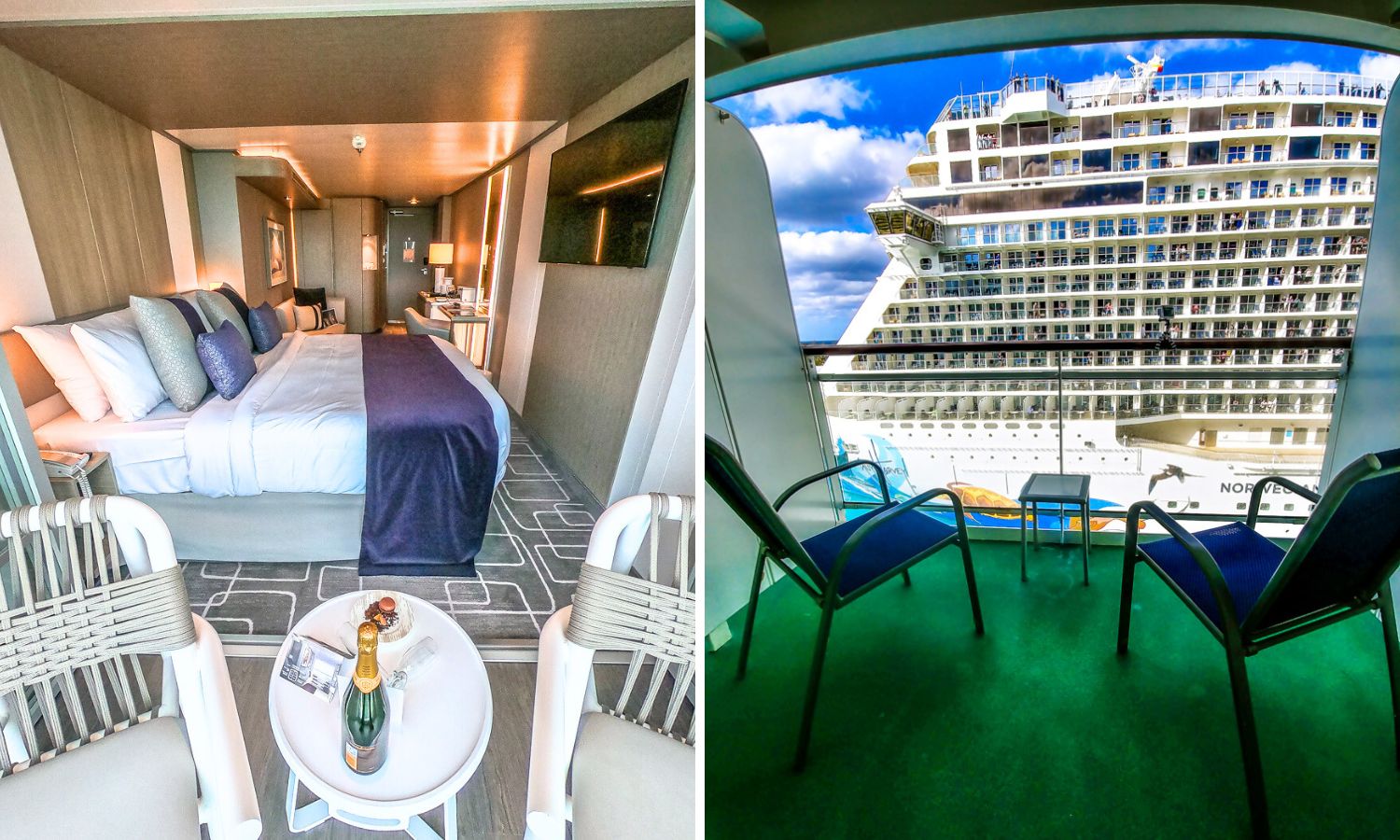Air flow Is the Second Largest Gasoline Hog on a Cruise Ship

The vitality to maneuver a cruise ship by the water is the largest draw on gas, however the second largest is commonly missed and is getting main modifications on each fashionable and present cruise ships.
Cruise ships are extra streamlined and fuel-efficient than ever earlier than. From specialised paint that enables them to chop by the water extra simply to streams of bubbles alongside the bow to chop gas prices, cruise traces are discovering methods to get extra out of each drop of gas.
The largest a part of gas consumption on a cruise ship comes from the propulsion itself. It takes quite a lot of vitality to spin these blades and get a 150,000 gross ton vessel shifting at 20+ knots.
However there’s one other vitality hog that’s second solely to propulsion and it’s consistently in use all around the ship: the air flow system.
The scale and fixed use of a cruise ship’s heating, AC, and air flow methods make it the second-largest client of vitality on board.
Based on Halton, an organization that focuses on indoor air options, air flow on a big cruise ship accounts for 30% of vitality use. This might imply as a lot as 250 tons of gas every day on a mega ship.
So, as you possibly can see, there’s a giant purpose cruise traces need you to maintain your balcony door closed and attempt to reduce off energy and air circulation to the cabin while you’re not current.

Why Air flow Makes use of So A lot Vitality
Take into consideration the sheer quantity of energy that’s wanted for issues we take with no consideration across the cruise ship:
- Continuously supplying recent air to 1000’s of cabins.
- Extracting air from a variety of galleys the place meals are cooked across the clock.
- Sustaining comfy air high quality in theatres, lounges, and eating rooms.
In case you ever noticed a cruise ship being constructed, you’d see the massive community of ducts working in all places. These methods are in fixed operation, shifting, filtering, heating, and cooling large quantities of air.
What Cruise Traces Are Doing to Scale back Vitality Prices on Current Ships
Usually, these air flow methods function repeatedly, 24/7, no matter whether or not a cabin is occupied or a galley is in full swing. It’s like working your property HVAC system at full blast on a regular basis – not essentially the most environment friendly technique.
Cruise traces at the moment are seeking to retrofit present vessels with extra environment friendly methods, like demand-driven air flow. Usually that is a part of the dry dock improve that doesn’t get a lot consideration on-line.
Some firms are testing methods for cruise ships that use a “demand-drive” strategy. The good methods use sensors to detect when and the place air flow is required on the ship and alter the airflow.
Right here’s the way it works in observe:
- Good Galleys: Infrared sensors in cooker hoods monitor cooking exercise and alter exhaust airflow in real-time, solely utilizing most energy when wanted.
- Environment friendly Cabins: Occupancy sensors detect if anybody is in a cabin and alter the air provide accordingly. Sensors on balcony doorways forestall wasted vitality by decreasing cooling when the door is open.
The Outcomes? (Particularly for Retrofitted Ships)
Based on one CEO, these methods can reduce total gas consumption by 10%. For a big cruise ship burning 150-250 tons of gas every day, this can be a big discount in value. Whether or not or not this value will flip into decrease costs for passengers stays to be seen, however any discount in waste must be seen as a optimistic signal for the cruise trade.
New, strict laws from the IMO and EU are forcing cruise traces to spice up vitality effectivity throughout their present fleets. Getting older air flow methods on some older cruise ships is one thing additionally driving the push for these demand-driven methods



